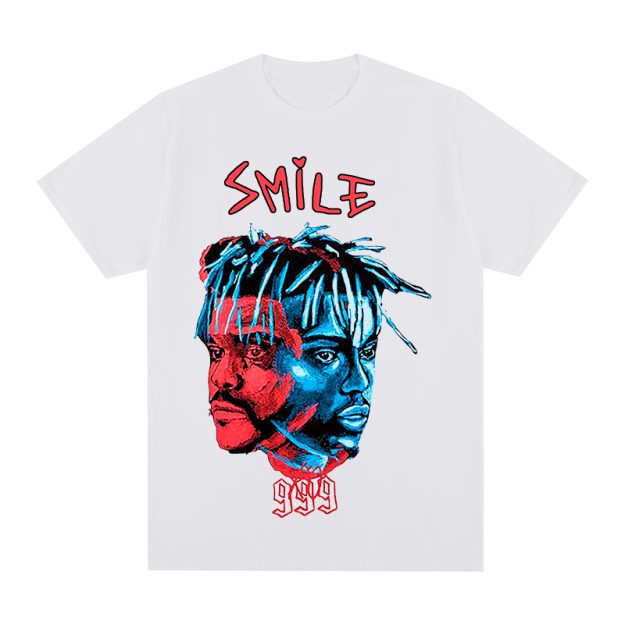The Evolution of Leather Jackets: From Utility to Fashion Statement

The leather jacket, a wardrobe staple synonymous with rebellion and effortless cool, has undergone a remarkable evolution over the decades. From its humble beginnings as a utilitarian garment to its current status as a symbol of fashion prowess, the leather jacket’s journey is a testament to its enduring appeal. In this comprehensive exploration, we delve into the rich history and transformation of leather jackets, tracing their path from functional necessity to iconic fashion statement.
1. The Utilitarian Roots: Early 20th Century
The inception of leather jackets can be traced back to the early 20th century when they served as functional outerwear for various professions. Aviators in World War I were among the first to adopt leather jackets, valuing their durability and protection against the elements during high-altitude flights. The A-1 and A-2 bomber jackets became iconic symbols of wartime aviation, laying the foundation for the leather jacket’s utility and rugged charm.
2. Hollywood and Rebellion: The 1950s and 1960s
The post-war era saw the leather jacket transcending its military origins and making a bold entrance into mainstream culture, thanks in no small part to Hollywood. Marlon Brando’s portrayal of Johnny Strabler in “The Wild One” and James Dean’s timeless cool in “Rebel Without a Cause” catapulted the leather jacket into the realm of rebellion and counter-culture. It became a symbol of nonconformity and youthful defiance, forever changing its perception.
3. The Rock ‘n’ Roll Era: 1970s and 1980s
As rock ‘n’ roll took centre stage, so did the leather jacket. Bands like The Ramones and The Sex Pistols embraced the leather jacket as an integral part of their uniform, infusing it with a raw and edgy aesthetic. Punk, with its DIY ethos, further transformed the leather jacket into a canvas for personal expression. Studded, painted, and adorned with patches, the leather jacket became a dynamic reflection of individual style.
4. High Fashion Recognition: 1990s Onward
The 1990s marked a turning point when luxury fashion houses recognised the leather jacket’s enduring appeal and began incorporating it into high fashion. Designers like Jean-Paul Gaultier and Alexander McQueen re imagined the classic silhouette, adding avant-garde details and elevating the leather jacket from street wear to runway glamour. This era saw a fusion of utility and high fashion, cementing the leather jacket’s status as a versatile wardrobe essential.
5. Diversity in Design: Contemporary Trends
In the 21st century, the leather jacket continues to evolve with diverse design interpretations. Biker jackets, bomber jackets, moto jackets – each style caters to different tastes and occasions. Sustainable and vegan options also emerge, reflecting a growing awareness of ethical fashion. The leather jacket has become a canvas for innovation, with designers experimenting with cuts, textures, and embellishments, ensuring its relevance in an ever-changing fashion landscape.
6. The Genderless Icon: Breaking Fashion Norms
One of the most notable shifts in recent years is the leather jacket’s move toward gender-less fashion. No longer confined to traditional masculine or feminine styles, contemporary designs embrace inclusivity and fluidity. The leather jacket stands as a symbol of empowerment, breaking free from gender norms and resonating with a diverse range of fashion enthusiasts.
7. Celebrity Endorsement: A Constant Influence
The enduring popularity of the leather jacket owes much to the consistent endorsement by celebrities across generations. From the iconic images of Steve McQueen and Joan Jett to modern-day style icons like Rihanna and Harry Styles, celebrities continue to showcase the leather jacket’s timeless versatility. Their influence extends beyond fashion runways, reinforcing the jacket’s status as a cultural and fashion icon.
8. Wardrobe Essential: Timeless Appeal
Today, the leather jacket is not merely a piece of clothing; it’s a cultural artefact that embodies rebellion, freedom, and individuality. Its timeless appeal lies in its ability to seamlessly transition from functional outerwear to a statement piece that transcends trends. Whether draped over the shoulders of a motorcyclist, a Hollywood rebel, or a contemporary fashionista, the leather jacket stands as a symbol of enduring style.
In conclusion, the evolution of leather jackets mirrors the societal shifts and cultural revolutions of the past century. From its utilitarian origins to its current status as a fashion icon, the leather jacket’s journey is a testament to its adaptability and everlasting cool. As it continues to shape-shift with each passing era, the leather jacket remains a symbol of rebellion, an embodiment of timeless style, and a canvas for individual expression.




